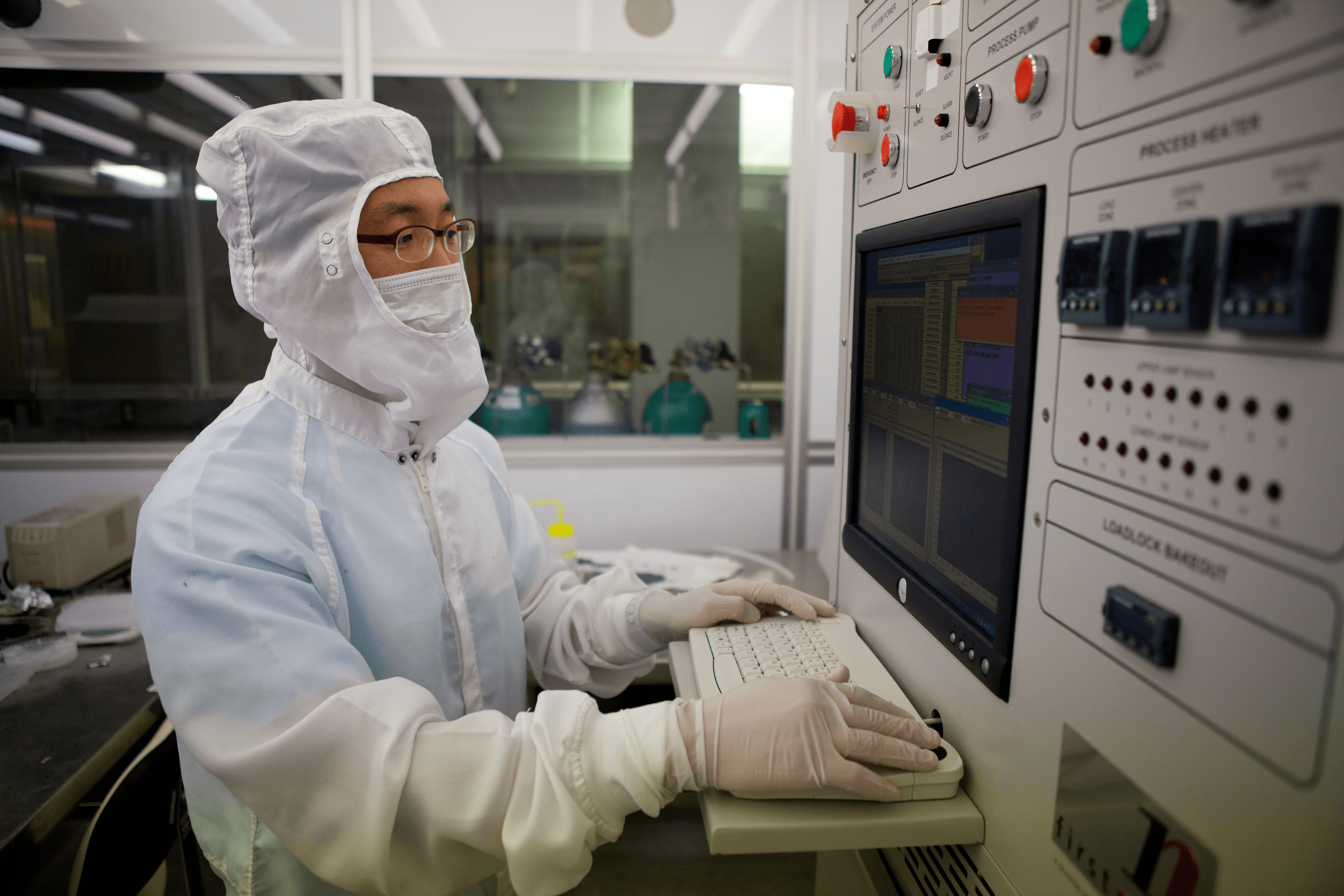Modern medicine is not a stand-alone field. It depends on another specialized profession to brainstorm, construct, and improve new technology: biomedical engineers. Biomedical engineers work closely with chemists, physicians, and other scientists to research ways of improving patient care. They design artificial devices and diagnostic machinery, working diligently to ensure the safety of their creations before implementing them. After the creation of a new device, bioengineers are responsible for maintaining and adjusting the technology as necessary. Depending on the complexity of the technology, they may also be required to train physicians on how to use the devices correctly.
The role of biomedical engineers is widespread across the healthcare system, and their work can be seen in a variety of situations. They are the creators behind many important diagnostic tools, such as magnetic resonance imaging (MRI), ultrasound, and computer assisted tomography (CAT). These machines help physicians confirm and visualize diagnoses in a safe, reliable, and non-invasive way. Biomedical engineers also design advanced patient monitoring systems and computerized programs, such as those used during and following surgery, as well as those used for astronauts, scuba divers, and others in extreme environments. In addition, they help to develop new surgical methods, such as laser eye surgery, that are minimally invasive and more successful.
One of the most interesting applications of bioengineering is the manufacturing of artificial organs. Some examples include artificial hearing implants, pacemakers, joints, limbs, and even kidneys. The Wearable Artificial Kidney (WAK) is one of biomedical engineering’s newest devices to begin human trials. Sufferers of kidney failure typically require dialysis treatments at a hospital several times a week and often experience painful symptoms between treatments that reduce their quality of life. The WAK is a wearable kidney that functions twenty-four hours to filter the patient’s blood at the same rate as a normal kidney. The WAK is just one example of a bioengineering project. Biomedical engineers are often at the frontier of new medical technology.
Image Source: Nicola Tree
To become a biomedical engineer, interested individuals typically receive a bachelor’s degree in biomedical engineering. Another option is to obtain a degree in another field of engineering and then receive a graduate degree in biomedical engineering. This profession requires strong analytical skills and problem-solving abilities to fully understand patient needs and address them appropriately. It is a thought-intensive job that requires a great deal of troubleshooting and revision, but the outcome is extremely rewarding (and the salary is not bad either). The new devices biomedical engineers create have the potential to alleviate suffering, allowing patients to live longer, more fulfilling lives.
Feature Image Source:Kevin Tong via UC Davis College of Engineering










